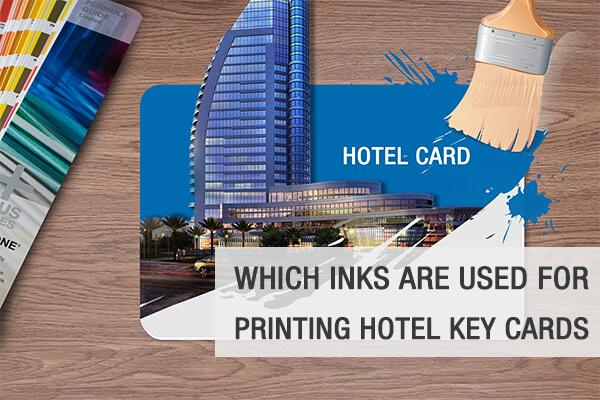Hotel key cards store a digital or physical signature which the door mechanism accepts before disengaging the lock. The common types of key cards include RFID proximity cards, magnetic stripe cards, and smart cards. The use of dye ink in modern card making has opened up a world of possibilities. Different types of stamping inks are now easily accessible to card makers. The following are the inks that are frequently used for printing hotel key cards.
Dye-sublimation ink
This is the most popular and preferred ink for hotel key card makers. This is because, the ink drys easily, has a better output for printing text, and is quite resistant against oil and paper. The inks sink in and ‘dye’ the cards they are stamped onto. They are mostly seen in a water-based form and have many advantages when it comes to stamping and layered stamping. These inks are great for beginner stampers as they dry quickly, hence the risk of smudging is low. The inks can be found in different sizes small pads or large pads. Dye colors are made when absorbed into the card substrate through pressure and heat. To deliver the appropriate color intensity on the card, the thermal print head applies the heat by adjusting the temperature. Dye ink can be used on PVC hotel cards but the biggest drawback is that the colors are infused into the plastic material and over time UV rays wash the color out.
Pigment ink
The ink sits on top of the surface which results in dots. The ink tends to be of a thicker consistency, therefore, the ink pad drys out faster and tends to require re-inking more often. Also, it takes longer to dry when stamped. Pigment inks work well on both light and dark-colored surfaces as they tend to be opaque. The ink also tends to be more fade resistant than dye inks. Pigment ink is highly reliable and provides smudge-free output, therefore, it is highly recommended by users who have to take regular prints of good quality images and fonts. The ink has the following advantages; a long-lasting print, it’s water and smudge resistant, has better color stability, and it’s resistant to fading under sunlight. This extends the card’s life and reduces the need for costly reprints due to fading. Pigment ink allows the original image on the screen to match the printed image on the key card. Also, the ink allows clear and crisp font printing at less than 2 points.
Alcohol ink
Alcohol ink supports all types of PVC cards including laminated PVC, 100% PVC, press polished PVC, and composite PVC cards. When compared to DTC-printed cards, alcohol-based inks not only adhere to the PVC cards but dry almost instantaneously. They are also inherently UV-stable, meaning, images and text are better resistant to fading even without expensive overlay protectants. However, you can easily apply and remove this ink and it is easier to use on slick surfaces.
Chalk ink
The ink sits on top of the surface and has a chalk-like finish when dry. The ink is opaque, therefore, it works well on both light and dark-colored cards. This ink has the following advantages; elegant finish, one can use a wide range of color options, and the ink drys quickly.
Conclusion
An alcohol cleaning pen is designed to safely remove ink and any contamination from the thermal print head.
Nexqo is a professional hotel key card provider with more than 10 years of experience in the card-making industry. Recently, we’ve developed an eco-friendly material that can perfectly replace PVC hotel cards. Click here to learn more about this very latest eco-friendly material.
You can also click here to learn more about the products that you can use in your project. If you are not sure, welcome to contact our sales experts any time.
.png)
